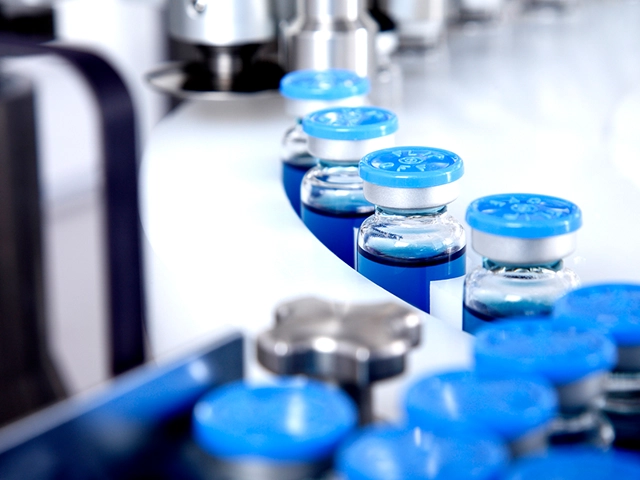Our MedTech SME, Sean Coombs explains how MedTech companies need to respond.
Annex 1 introduces a new level of regulation. ‘Guidance and expectation’ has changed to ‘strict regulation’. For suppliers of delivery devices, primary packaging, components and manufacturing accessories, this means they have to meet the standards.
Pharma industry expectations
Annex 1 expects the pharmaceutical drug product manufacturer to understand their supply chain. They must also understand the processes used to make the products they buy. Microbial, particulate and endotoxin/pyrogen contamination must be prevented in the final product.
The Industry in turn, will expect their suppliers to have robust contamination control strategies. Equally, they will expect measures that certify products meet the minimum requirements.
To fully respond to Annex 1, the Industry, needs to remove the potential for contamination of devices or products
Best practices
The most critical part of the response to Annex 1 for the MedTech industry, is to remove as far as possible, the potential for any contamination of devices or products. The requirements are now even more stringent. Key solutions include automation, robotics and isolators.


“The regulators are working towards zero contamination events with patient safety at the core."
Sean Coombs
Medtech Technical Director
How should the Medical Device industry respond? To quickly identify strengths, weaknesses and improvement opportunities, two key assessments need to be made – a Maturity Assessment and an Annex 1 Risk Assessment.
The goal is to speed up the process, capture ‘current state’ and prioritise actions. “Doing nothing isn’t an option. Your customer will expect you, by extension of their own compliance requirements, to adopt the principles of Annex 1,” said Sean.
“Doing this across the entirety of the product portfolio will make Contamination Control Strategies (CCS) more effective in the long-term. Regulatory trends show that in the future, this approach will be expected. So it’s the smart approach to take from the outset.”

The good news is that as a supplier to a regulated industry and if you are registered to ISO 9001, your Quality Management System will have inherent contamination controls built in to your process.
Even so, Annex 1 has 58 pages and 293 paragraphs of guidelines so your assessment can be a long task. It has to involve all the relevant people. They include process SME’s, quality control and quality systems, etc. People are at the heart of the process and involved from the outset.
Quick wins can be made through:
- Updates to enterprise documentation and the applicability extended to include device sites
- The release and implementation of the updated CCS and embracing QRM (Quality Risk Management) as part of your quality culture
- Reinforcing behaviours through training and linking this to the WHY
Timeframe for implementation
The EudraLex Annex 1 guideline became effective on 25th August 2023. The regulatory agencies expect full compliance as of that date unless notified well in advance with a plan due to long lead times, etc.
“It is important that you have conducted your risk assessments, collated your CCS elements, identified
vulnerabilities and defined an action plan to address them,” said Sean. “The regulatory authorities appreciate that to address some elements, large investments may be needed. These may be premises, utilities, equipment or process related. Some will take time to implement and are accepted where the authority is notified well in advance of the effective due date.
Where you have vulnerabilities, you must put in place mitigating steps or extra measures whilst you make these planned transitions. As a supplier to a drug product manufacturer, your risk of being audited directly by the regulating authorities is less than that of the drug product manufacturer.”


“Auditing would more likely occur where serious adverse events are identified as a direct result of the product you supply.”
Sean Coombs
Medtech Technical Director
Evolution and continuous improvement
Annex 1 will definitely evolve in the future. Plans for evolution and continuous improvement should be part of the planning process. For example, robotics and automated systems are two solutions proposed to help remove human contamination from key processes.
They are evolving and will save time, money and effort down the line. But these investments take time and need to be part of a longer five to ten year strategy.








